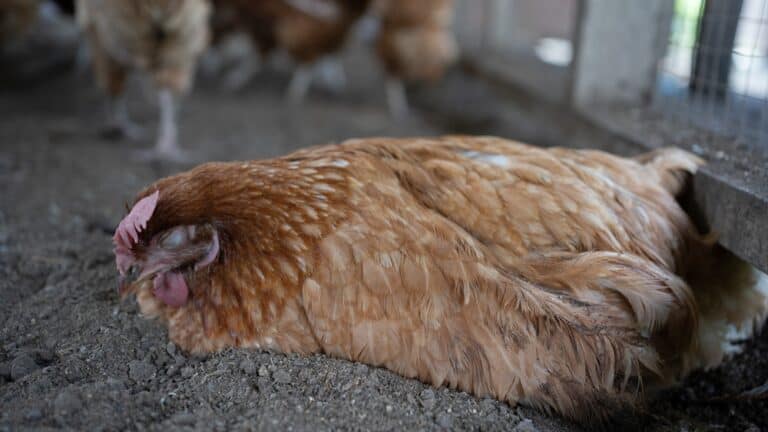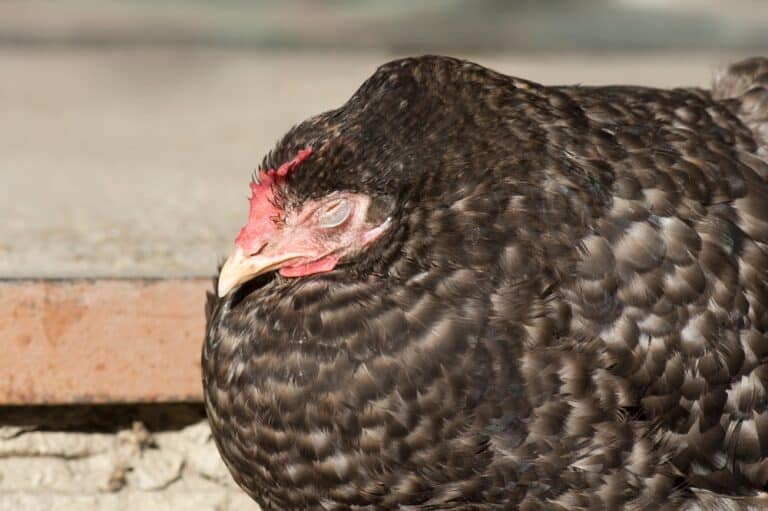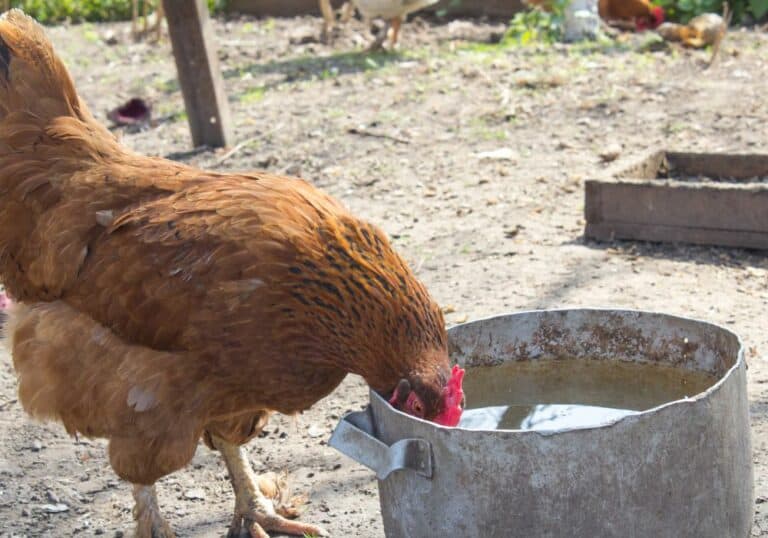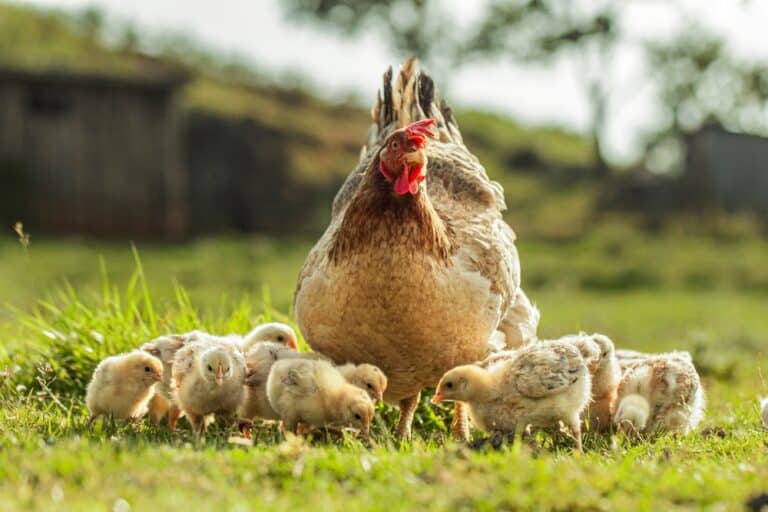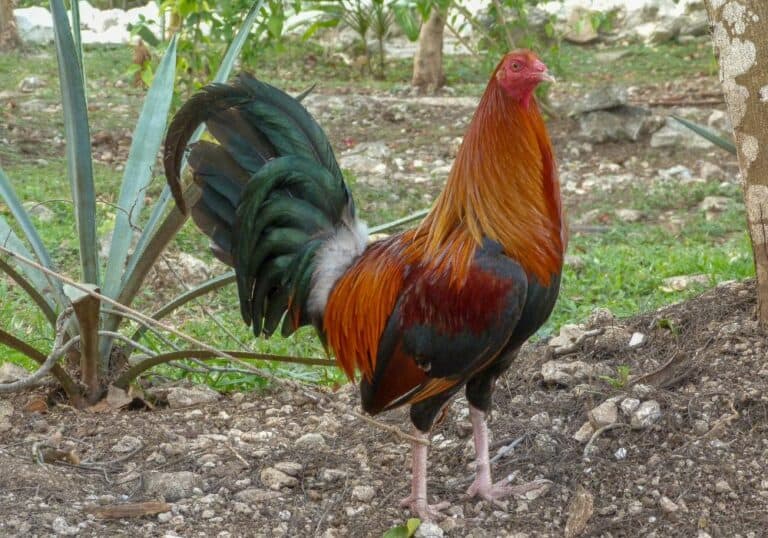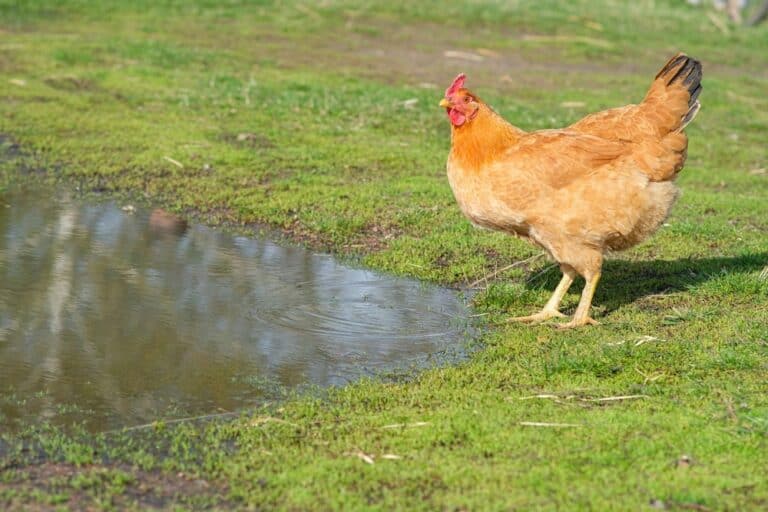Mites and lice are the antagonists to the growth, well-being, and egg production of chickens. These little insects are known to wreak havoc once they find a comfortable place to settle, which, unfortunately, might be on your chicken’s skin.
One remedy to rid your chicken skin of chicken mites and lice is through the use of chicken mite or louse treatment spray; you can prepare this at home using natural and effective ingredients. If this doesn’t give the required results, an alternative is to adopt chemical treatment methods. However, this is oftentimes not advisable and it requires professional supervision.
Whether you are here to learn how to get rid of chicken mites and lice, or you are trying to prevent them from happening, this article is for you.
How To Eradicate Chicken Mites and Lice?
Mites and Lice are tricky to eliminate, but not impossible. They require consistent and carefully targeted treatments to make sure they are gone once and for all.
Mites and lice can be eradicated by applying treatment sprays and powders directly on chickens, chicken coops, beddings, and any other environment surrounding the chickens. You must do this using meticulous procedures that will be explained later on in this article.
To get rid of chicken mites and lice, you should first know how to point them out. We’ll look at identifying a mite and louse-infested flock and treating your chickens without harming them.
What is the Difference Between Mites and Lice?
Even though these little parasites are often grouped together, there are some noticeable differences between the two. They are both tiny, wingless creatures that embed themselves on their hosts’ skin and feed off them.
Here are some of these differences;
Mites have a rounded body shape and no obvious body segmentation. They might look like moving dark spots as they are incredibly tiny and do not stick to specific hosts. On the other hand, lice are flat with round heads and are more prominent than mites. They are found on chickens’ skin and feathers. Poultry lice differ from human lice and are more host specific than mites.
Mites feed on chickens’ blood, while lice survive on chickens’ scales, skin, and feathers.
Regardless of their similarities and differences, they’re just annoying little parasites that you need to eliminate as soon as they start to breed. Any delay and you might find yourself dealing with a bigger problem as mites and lice lay eggs and procreate within days.
Before identifying mites or lice infestation, consider the most common chicken mites and lice that often plague flocks.
Types of Chicken Mites
- Red Roost Mites
These ectoparasites do not live on chickens their entire life cycles. Instead, they come out to feed (mostly at night) and retire to other warm, dark corners and would only come out when they get hungry again.
- Northern Fowl Mites
This is one of the most common mites found on birds. Northern Fowl Mites often appear around the shafts of chicken feathers. You can easily identify them by the trail of white egg clusters seen on feather shafts.
- Scaly Leg Mites
As the name indicates, these little devils leave your chicken’s feet looking crusty or scaly. They are quite difficult to observe with the naked eye, and they attack by burrowing under the scales of chickens’ feet and leaving trails of feces behind. (Disgusting, we know.)
Types of Chicken Lice
- Shaft Lice
These live very close to the shafts and barbs of chicken feathers and can be identified by the single eggs they usually lay.
- Body Lice
They bear a slight resemblance to mites and can be identified by egg clusters around the base of chicken feathers. Body lice also make their homes around the breasts, thighs, and other less feathered areas of chickens.
How to Treat Chicken Mites and Lice?
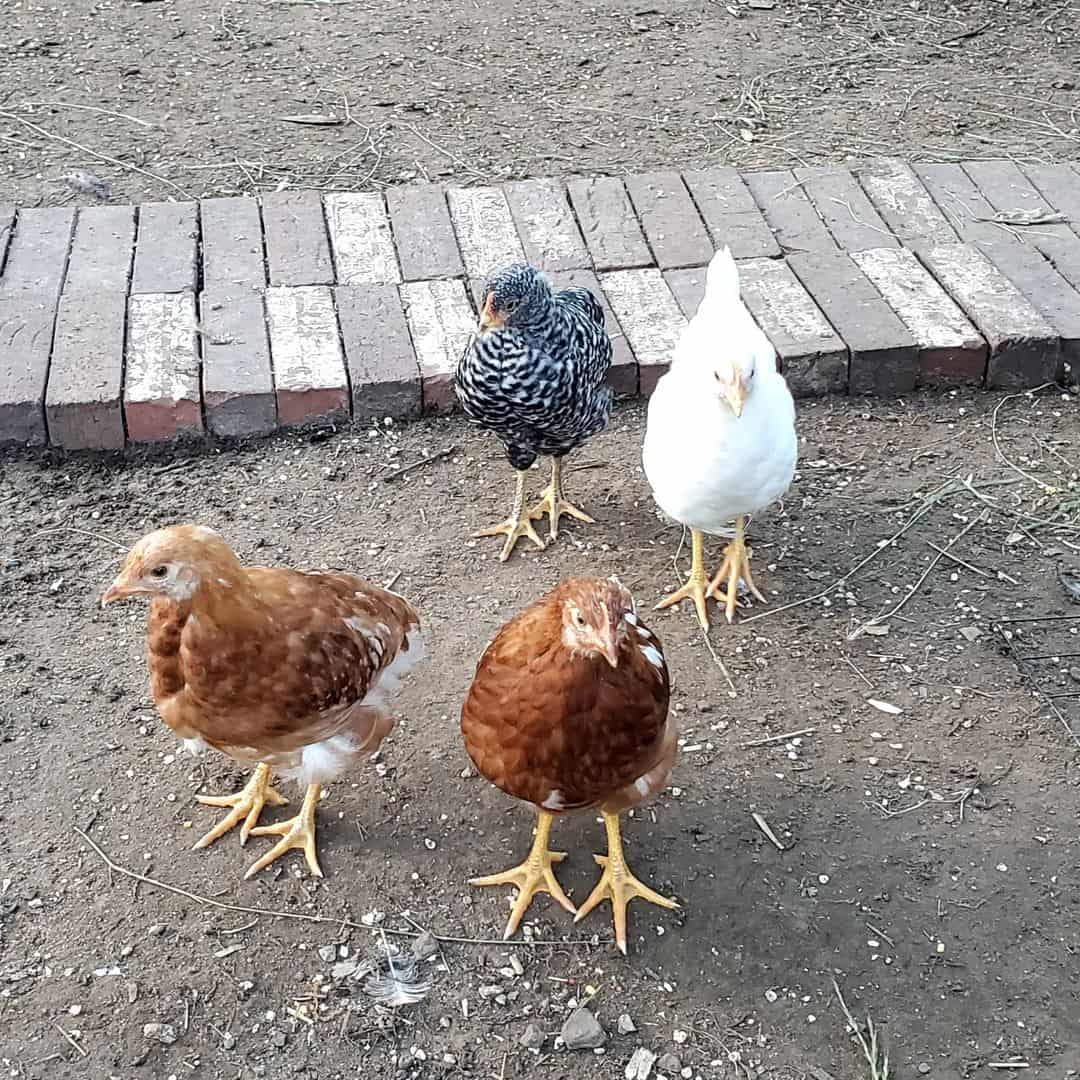
Sometimes all the precautionary measures in the world might not be enough to prevent an infestation. Don’t beat yourself up; you’re doing the best you can. If the bloodsucking creatures have found their way to your flock, there are simple ways to remove them permanently.
First, before using any products on your chickens, you should clean out their coop. Transfer the chickens to a temporary enclosure and take your time to change their coop beddings, roosts, and nest boxes.
Do not put the same bedding down. Mites and lice are good at finding hiding places and will still find a way to survive extensive cleaning. As such, the best way to go is to exchange former bedding for new ones.
After which you can proceed to treat the chickens using these safe and effective methods:
1. Pure Wood Ash
This is a good way to suffocate mites and lice without hurting your chickens. Once you have cooled wood ash, you can douse some of it directly on the skin of your chickens.
If your chickens don’t sit still for this (as they probably won’t), you can add wood ash to their dust baths. This helps to kill a good number of mites and lice, after which you can follow up with other treatment options.
N.B: If you’re adopting the wood ash method of eliminating mites and lice, the wood ash should be pure and not treated. It should also be bone dry as wet or damp wood ash is caustic and may cause some damage to your chicken’s skin.
2. Food Grade Diatomaceous Earth (DE)
In the absence of wood ash, adding some diatomaceous earth to the dust baths will certainly do the trick. DE is not only good as a poultry and livestock feed additive, but it also helps to suffocate the little blood suckers.
We recommend that DE should be used sparingly as it may cause some damage to chickens’ respiratory tracts if used excessively. You can also sprinkle DE on the coop and bedding of chickens to further eradicate mites and lice.
3. Natural Mite Spray Remedy
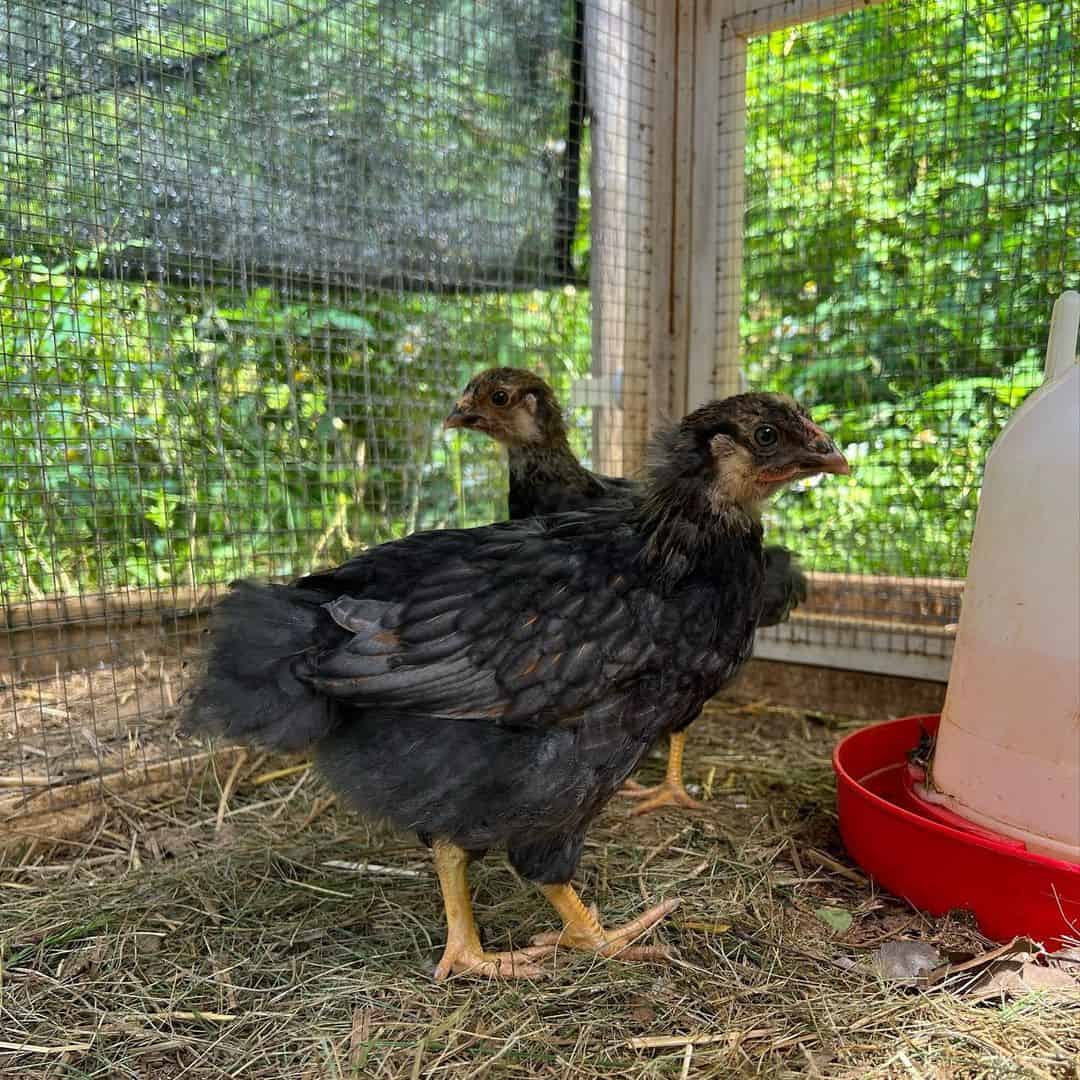
You can prepare a natural chicken mite spray at home. It is harmless, effective, and relatively safer than using harsh chemicals on your chickens. To do this, you’ll need the following;
- Garlic cloves or garlic extract
- White vinegar
- Water
- Peppermint oil, neem oil, lavender oil, and other essential oils of your choice.
Method
- Fill a clean spray bottle with garlic, garlic extracts, and a few drops of essential oils.
- Add white vinegar (you can skip this step if you’re using garlic extract).
- If you’re using garlic cloves, smash them and allow them to sit for a few minutes before proceeding.
- Top up this mixture with clean water.
- Shake well, and your spray is ready to go!
You can spray this mixture directly on your chicken’s skin, focusing on their feet, necks, and vent areas. You can also spray this mixture or some garlic juice on their coops and roosting bar base.
4. Chemical Treatments
While it may not be the safest option, you can use store-bought chemicals and insecticides to get rid of chicken mites and lice. However, keep in mind that this may be detrimental to both your health and your chickens. As such, you must take the necessary precautions.
Some effective chemicals that can be used include Ivermectin, Sevin Dust, and Permethrin.
To make these different treatment options as effective as possible, you should repeat them every four to seven days because chicken mites and lice reproduce at an incredibly alarming rate.
If you’ve managed to kill off the adults, you’ve probably left some egg clusters behind, and then it’s back to the beginning. To avoid this, repeat the treatment procedures seven times or more.
N.B: When applying any of these treatments to your chickens, do not just sprinkle or spray liberally on them, as you may be wasting your time. Instead, hold your chicken’s wings away from its body. Once it is settled, target the vent areas underneath their wings, as these are the focus areas for mites and lice.
You will also need to treat the entire flock, even if you can only see symptoms of infestation on just one bird. This may be tasking, but it will be rewarding.
How to Determine if Chickens Are Infested with Mites and Lice?
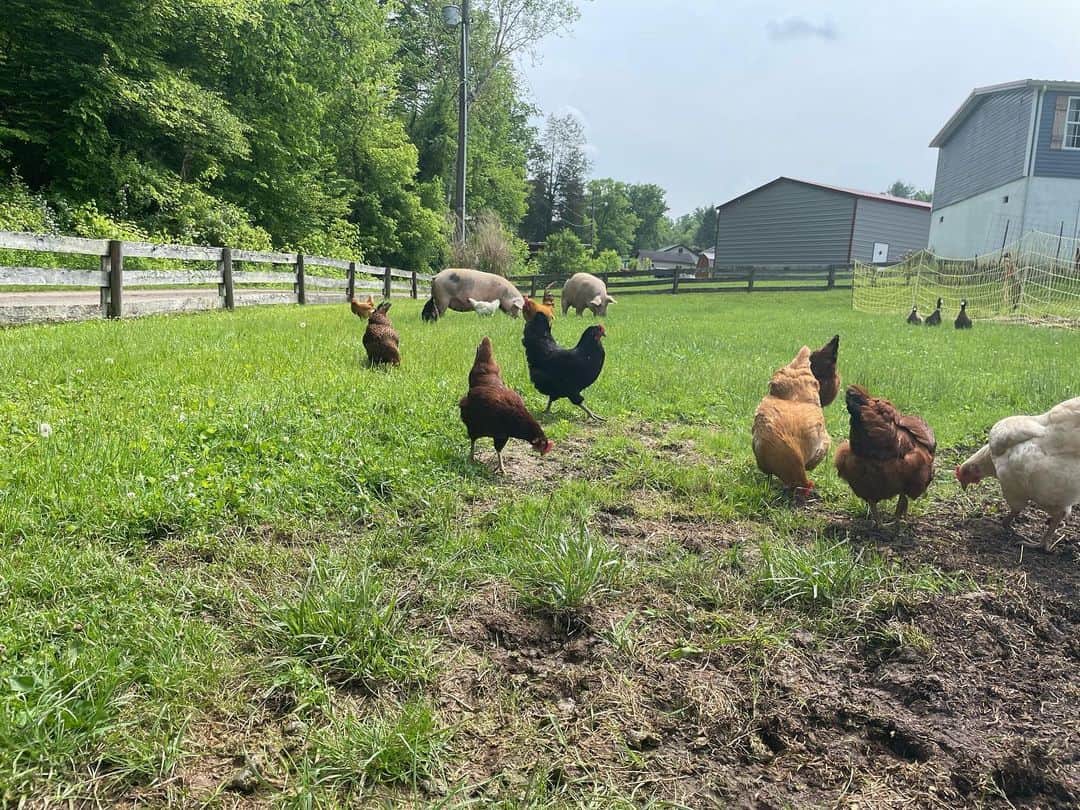
Although chicken mites and lice differ, they both present the same signs and symptoms in chickens. Here are some excellent tips to remember when figuring out if the bothersome creatures have infested your flock.
1. Itchiness
If lice make humans itch, think of how chickens can do little to nothing to ease the uncomfortable feeling. If your flock is infested, you may notice a lot of over-preening or restlessness.
They may be unable to reach out and itch their bodies, but they will try to ease the uncomfortable feeling as much as possible.
2. Loss of Feathers
Mites and lice are external parasites that usually lay eggs close to chickens’ feathers. As such, they tend to inhibit the proper growth of feathers, causing them to fall off or look unhealthy. If your once plump and full-feathered chicken now looks scrawny, you might have a mite or louse infestation on your hands.
3. Decline in Egg Production
Because mites and lice live off chickens, your flock will not get as many nutrients as they should from their meals. This affects egg production, causing hens to lay eggs less often. When they lay eggs, they turn out smaller and generally of lower quality than usual.
4. Pale Wattles and Combs
Mites and lice feed off chickens’ blood, causing chickens to develop anemia due to their depleting blood supply. If the wattles and combs of your chickens are beginning to look pale and unhealthy, mites and lice may be the cause.
How Can I Prevent Mites and Lice From Infesting My Chickens?
As the cliche goes, prevention is better than cure. It is much easier to prevent an infestation than to treat a mite-infested flock. If your flock is still healthy and free of mites and lice, you’ll need to take some precautions to keep it that way for as long as possible.
1. Clean Coops
A clean coop equals a happy chicken. While mite and louse infestations may not always indicate dirty pens, it certainly helps to make the pens as clean as possible to avoid one.
Clean your chickens’ coops regularly and dispose of loose feathers. This is because loose feathers tend to breed mites and lice, and you want to avoid that! Backyard Chicken Coops emphasize that coop cleaning cycles can be done every three to six months.
2. Keep Wildlife Away and Quarantine New Birds
If your chickens are secluded and often mingle with other animals, you should limit this. This is because mites and lice can be transferred through direct contact with other infected animals.
Furthermore, any new chicken you’re adding to your flock must be quarantined first to determine if they are free from mites and lice. One infected chicken can lead to hundreds of infected chickens; never forget that.
Debunking Some Common Chicken Mites and Lice Treatment Myths
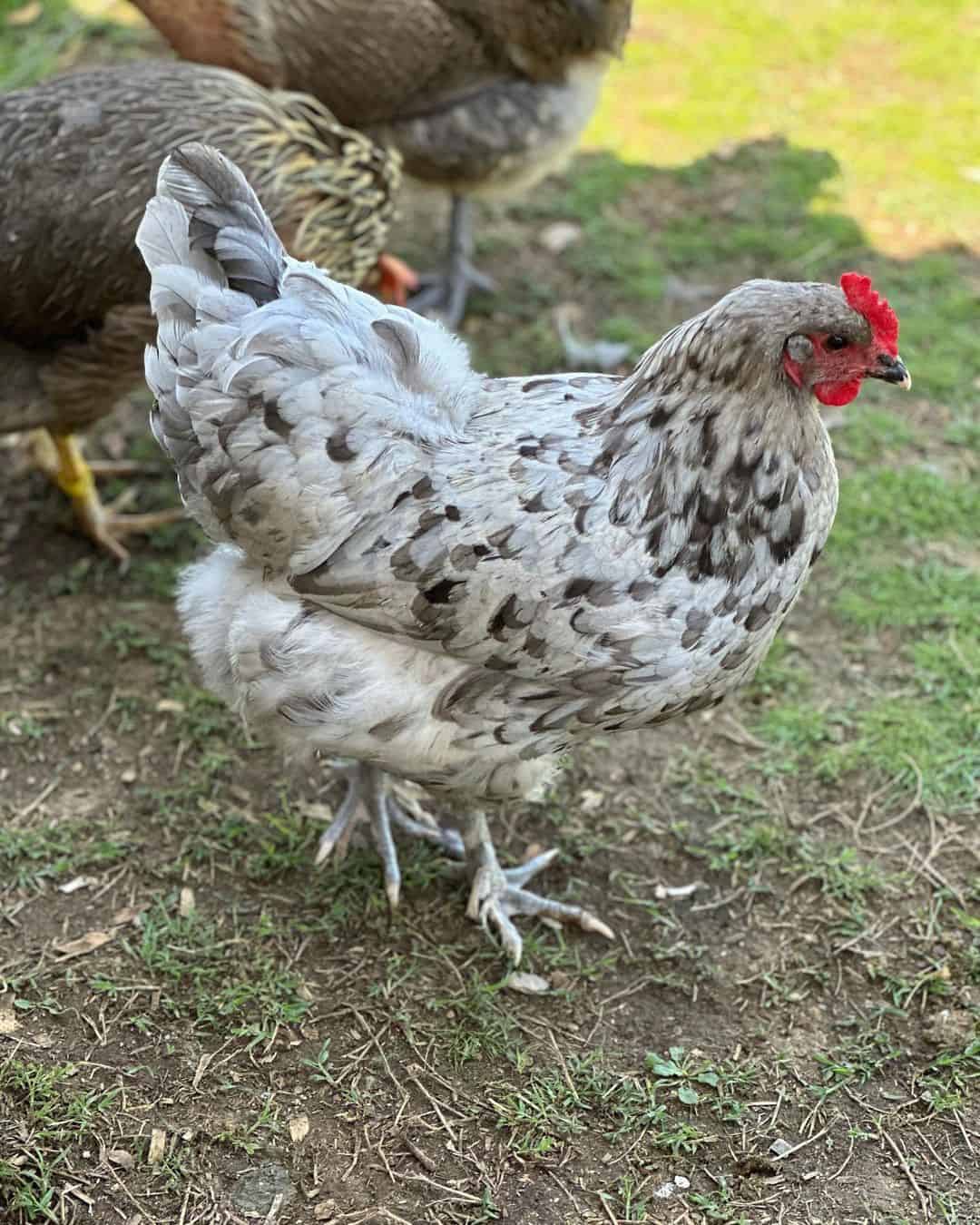
Both new and seasoned chicken owners have battled mites and lice infestation for decades. It should be no surprise that some untrue treatment procedures have made their way to the spotlight.
Following such myths will put your chickens’ lives in danger and put you at risk of losing your entire flock. As such, here are some common questions that should be addressed:
1. Should I Use Motor Oil to Kill Chicken Mites and Lice?
Absolutely not!
Despite what you may have heard, motor oil doesn’t do any good to chickens. Yes, it may suffocate the mites and lice, but it will burn the skin, and you will end up doing far more harm than good.
2. Can I Get Mites and Lice From Chickens?
As stated earlier, these little pests are mostly host specific. As such, they have little to no interest in attacking you. They might bite your hands and cause rashes or skin irritations. However, they will not live on your skin as they do on chickens. That’s what human lice are for.
To stay protected, it is advisable to wear long gloves while cleaning out chicken coops and thoroughly washing any garments that may have come in contact with them.
3. Herb treatments are dangerous to chickens
On the contrary, there are some herbal treatments that are quite effective in eradicating mites and lice permanently.
If none of the treatment options listed above suit you, you can try using natural repellants like Pennyworth and Peppermint. The French Marigold also contains some ingredients which are toxic to mites and lice.
Conclusion
To conclude, chicken mites and lice can be easily gotten rid of by using natural mite repellents, wood ash, DE, or certain chemical treatments. Be careful when applying these treatments on your chickens, as improper procedures can cause more harm than good.
Finally, the best way to treat chicken mites and lice away is to keep them from infesting your flock in the first place. You can do this by adding wood ash or DE to your chickens’ dust baths and making sure their coops are always kept clean.

